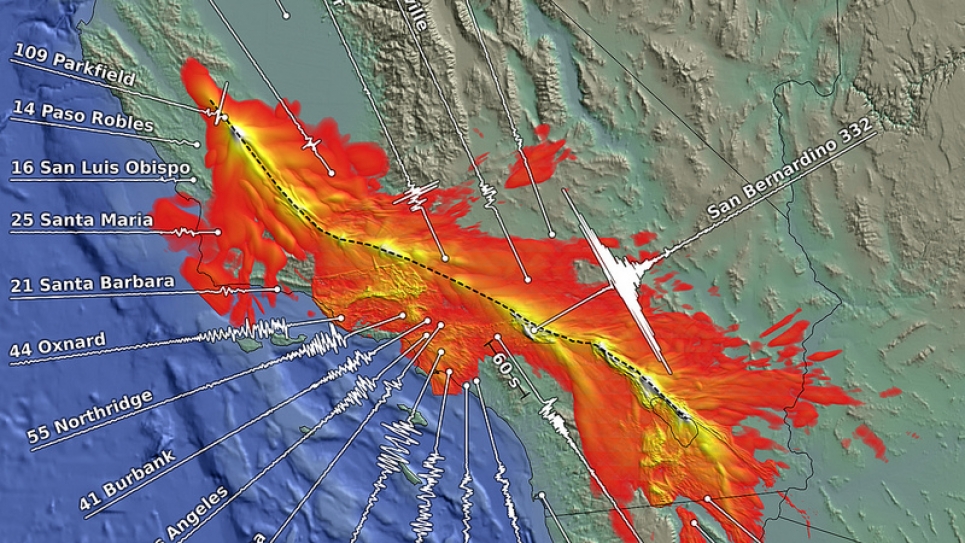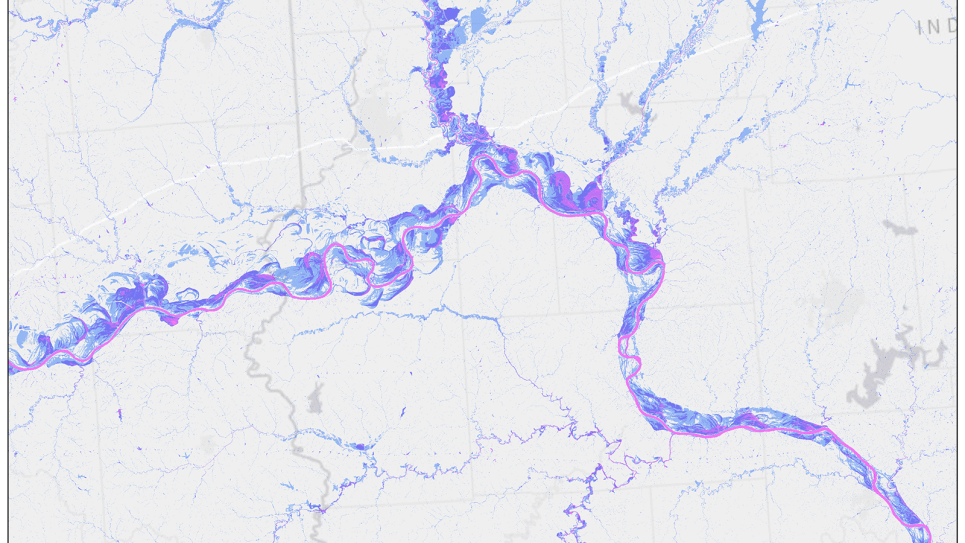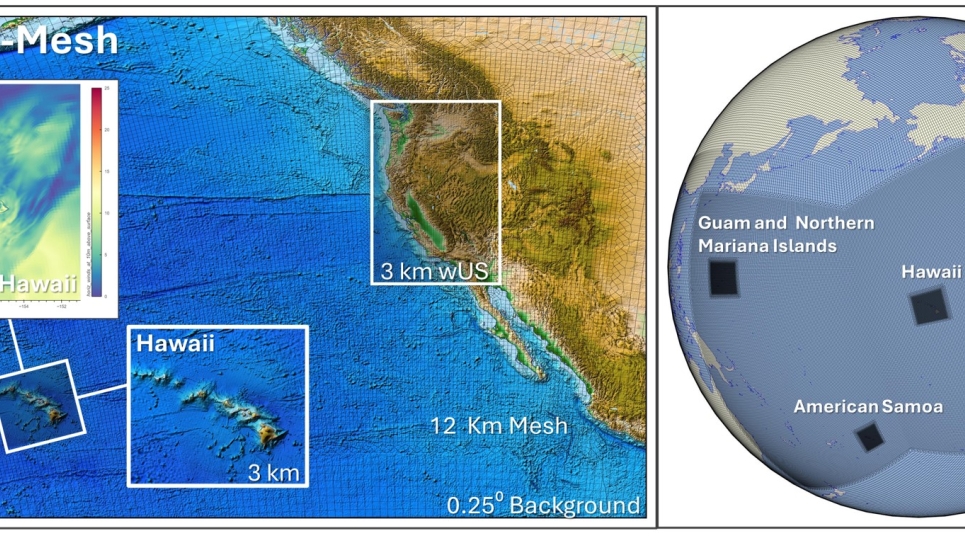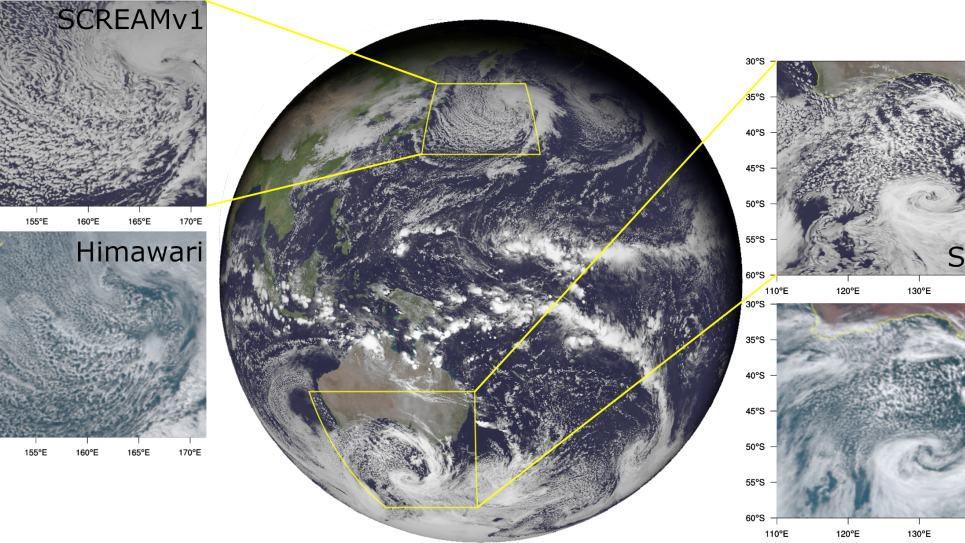
High Frequency Physics-Based Earthquake System Simulations
Economic exposure to earthquake devastation in seismically active regions has increased significantly over the last few decades due to the massive growth of urban areas. To better understand risk and improve infrastructure resilience, earthquake hazards must be quantified at higher levels of fidelity. Physics-based modeling and simulation efforts provide a path to more accurate data on earthquake systems, from the rupture at the fault to the response of the built environment. This approach relies on numerical simulation of rupture dynamics and seismic wave propagation in realistic 3D models of the crust’s heterogeneous structure to represent the ground motion during strong earthquakes.
For this INCITE project, researchers from the Southern California Earthquake Center (SCEC) will perform physics-based earthquake system research investigating high-frequency earthquake system simulations (High-F). Building on their work in past INCITE projects, the new SCEC High-F project will integrate scientific modeling and simulation efforts with the objective of reproducing earthquake physics and effects at high frequencies (up to 10 Hz) using deterministic approaches. Their goal is to produce simulations at higher frequencies than ever before, providing a level of resolution valid for engineering applications. The results will help to improve the earthquake resilience of buildings, bridges, and other critical distributed systems (e.g., lifeline and medical networks).


